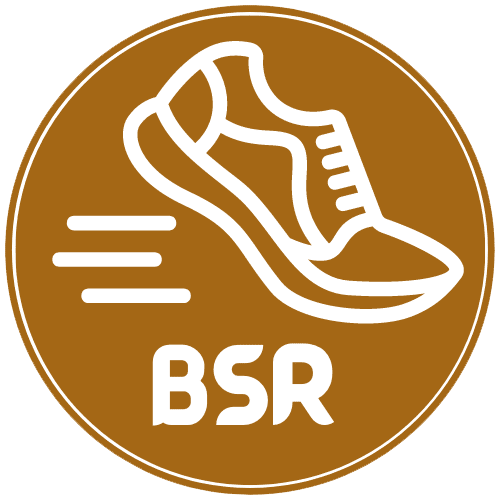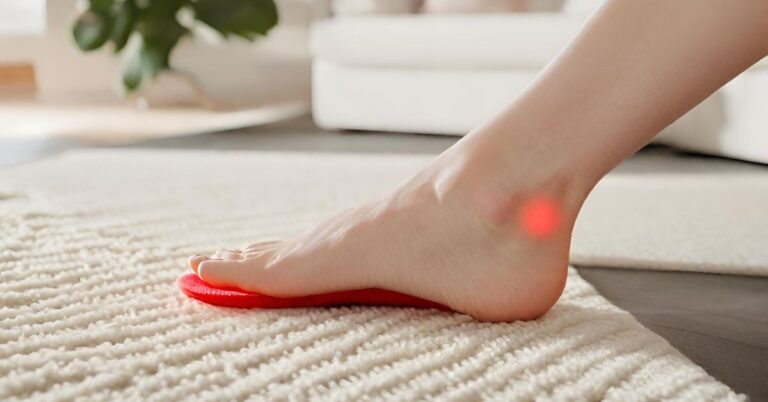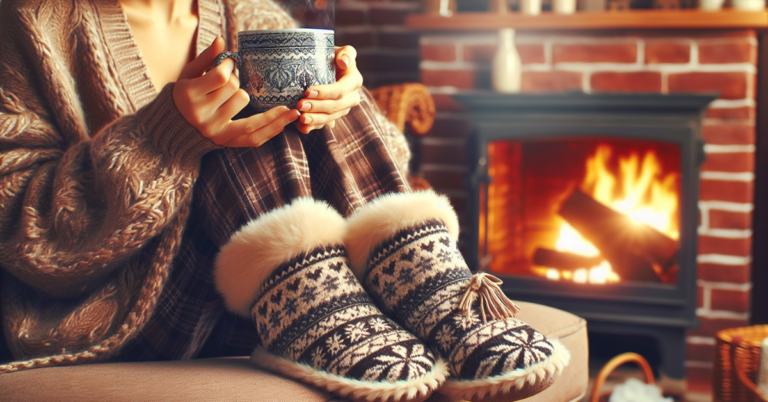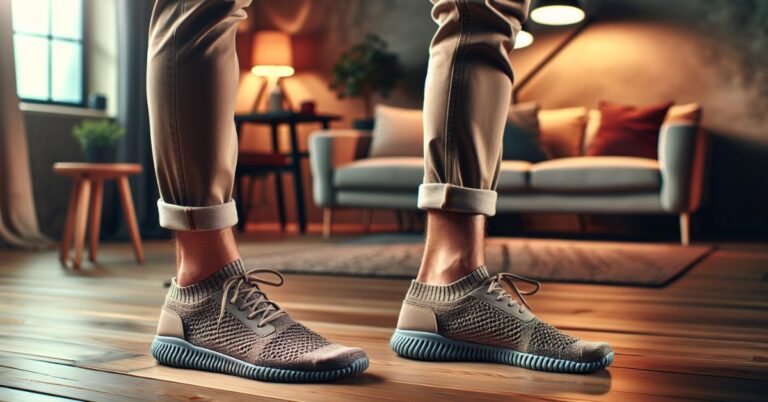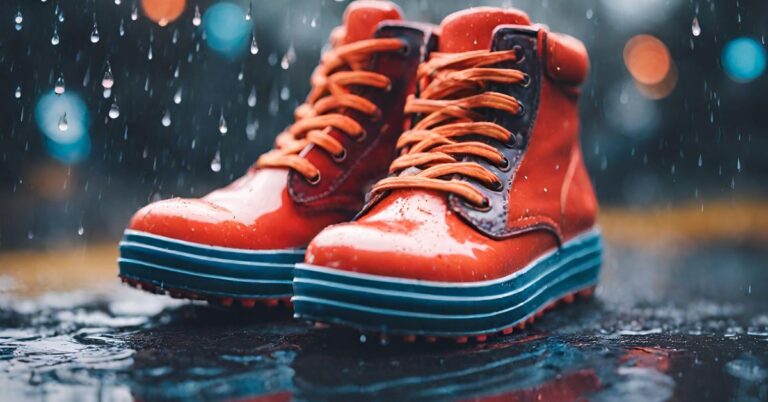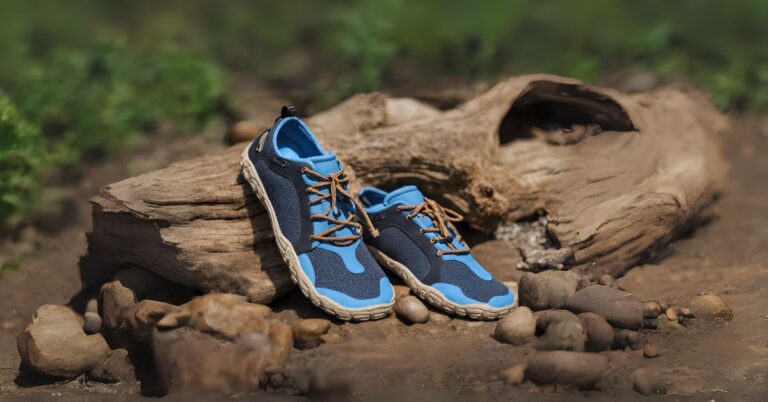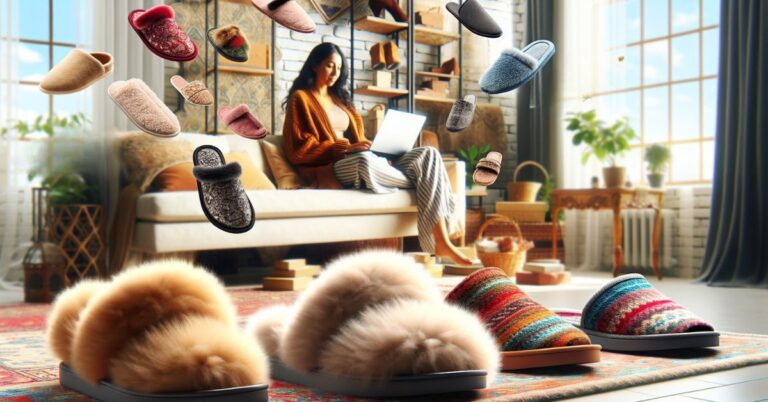Can Shoes Cause Lower Back Pain: Unveiling the Hidden Connection
Lower back pain is a common ailment that affects millions of people worldwide. While there can be various causes for this discomfort, one factor that is often overlooked is the role that shoes play. Yes, you read that right – your choice of footwear can have a significant impact on your lower back health.
Why shoes matter for lower back pain
Support and Alignment: The shoes you wear can either provide support and promote proper alignment or contribute to poor posture and spinal misalignment. Shoes with inadequate arch support or cushioning can cause excessive stress on the lower back, leading to pain and discomfort.
Impact Absorption: Shoes that lack proper shock absorption properties can transmit excessive force and impact to the spine with each step. This can strain the muscles and structures in the lower back, resulting in pain.
Stability and Balance: Wearing shoes with a lack of stability or an improper fit can affect your balance, leading to altered gait patterns. These abnormal movements can put additional stress on the lower back, potentially causing pain.
Inadequate Footwear Choices: High heels, flip-flops, and other types of footwear that do not provide adequate support or cushioning can exacerbate existing lower back issues or contribute to their development.
It is important to note that while shoes can play a role in lower back pain, they are not the sole cause. Other factors such as poor posture, muscle imbalances, and underlying medical conditions can also contribute to this condition.
To alleviate or prevent lower back pain, it is recommended to choose shoes that provide proper support, cushioning, and stability. Consulting with a healthcare professional or podiatrist can help determine the best footwear options for your specific needs.
Remember, taking care of your feet and choosing the right shoes can go a long way in promoting a healthy lower back and overall well-being.
Impact of Footwear on Lower Back
Understanding the relationship between shoes and lower back pain
Many people experience lower back pain at some point in their lives, and it can be a debilitating condition that affects daily activities. While there are various factors that can contribute to lower back pain, one often overlooked factor is the type of shoes you wear.
The shoes you choose to wear can have a significant impact on your lower back health. Footwear that lacks proper support or does not fit correctly can lead to poor posture and alignment, which can put strain on the muscles and ligaments in your lower back. This can result in pain and discomfort.
Here are some ways in which shoes can cause lower back pain:
- Lack of arch support: Shoes that do not provide adequate arch support can cause your feet to flatten, which can lead to an imbalance in your body’s alignment. This imbalance can put stress on your lower back and lead to pain.
- Poor cushioning: Shoes with insufficient cushioning can cause shock absorption problems, resulting in increased impact on your feet and spine. This increased impact can contribute to lower back pain.
- Inadequate stability: Shoes that lack stability can cause your feet to roll inward or outward excessively, leading to an unnatural gait. This abnormal walking pattern can put strain on your lower back muscles and lead to pain.
It is important to choose footwear that provides proper support, cushioning, and stability to prevent or alleviate lower back pain. Consider consulting with a podiatrist or orthopedic specialist who can recommend the best type of shoes for your specific needs.
Remember, taking care of your feet by wearing appropriate footwear can have a positive impact on your overall lower back health and help you avoid unnecessary pain and discomfort.
Choosing the Right Shoe Style
When it comes to lower back pain, many factors can contribute to its occurrence, including the shoes you wear. Selecting the right shoe style is essential for preventing and alleviating lower back pain. Here are some factors to consider when choosing shoes to protect your back.
Factors to consider when selecting shoes to prevent lower back pain
- Support and Cushioning: Look for shoes that provide adequate support and cushioning for your feet. This helps absorb shock and reduce the impact on your lower back.
- Arch Support: Consider your foot arch type when selecting shoes. If you have high arches, choose shoes with good arch support to maintain proper alignment and reduce strain on your lower back.
- Heel Height: Avoid shoes with excessively high heels, as they can disrupt your body’s natural alignment and put additional stress on your lower back. Opt for shoes with a moderate heel height or choose flats for better support.
- Fit and Comfort: Ensure that your shoes fit properly and are comfortable to wear. Ill-fitting shoes can lead to poor posture and increase the risk of lower back pain.
- Flexibility: Look for shoes that offer flexibility in the sole and upper part of the shoe. This allows for natural foot movement and helps prevent stiffness or strain in your lower back.
Remember, everyone’s feet are unique, so it’s important to find shoes that suit your specific needs and provide optimal support for your lower back. Consulting with a podiatrist or orthopedic specialist can also help you make informed decisions about the right shoe style for you.
By choosing the right shoe style, you can minimize the risk of lower back pain and promote better overall spinal health. Take the time to find shoes that prioritize support, comfort, and proper alignment, and your back will thank you.
Arch Support and Cushioning
When it comes to lower back pain, many factors can contribute to the discomfort, including the shoes you wear.
The importance of proper arch support and cushioning for lower back health
Wearing shoes that lack proper arch support and cushioning can lead to lower back pain. Here are a few reasons why:
- Alignment: The arches of your feet play a crucial role in maintaining proper alignment throughout your body. When your arches are unsupported, it can cause misalignment, leading to strain on your lower back.
- Shock absorption: Shoes with inadequate cushioning fail to absorb the impact of each step, resulting in increased stress on your lower back. This can lead to muscle fatigue and discomfort.
- Posture: Wearing shoes without proper arch support can affect your posture. When your feet are not properly supported, it can cause your body to compensate by adjusting its alignment, which can put strain on your lower back.
To prevent or alleviate lower back pain caused by shoes, consider the following tips:
- Choose shoes with adequate arch support: Look for shoes that provide proper arch support to maintain the natural alignment of your feet and reduce stress on your lower back.
- Opt for cushioned soles: Shoes with cushioned soles help absorb shock and reduce the impact on your lower back.
- Consider orthotic inserts: If you have specific foot conditions or need additional support, orthotic inserts can provide customized arch support and cushioning.
Remember, everyone’s feet are unique, so finding the right shoes that offer proper arch support and cushioning is essential for maintaining lower back health.
By prioritizing footwear that supports your feet and promotes proper alignment, you can reduce the risk of lower back pain and improve overall comfort and well-being.
Heel Height and Impact on Spine
Many people experience lower back pain at some point in their lives, and one potential culprit that often goes unnoticed is the shoes they wear. The heel height of shoes can have a significant impact on the spine and lower back, leading to discomfort and pain. Understanding this connection is crucial for those seeking relief from lower back pain.
Examining the impact of heel height on the spine and lower back
When it comes to shoe choices, heel height plays a vital role in determining the pressure exerted on the spine. High heels, for example, can cause an unnatural curvature of the spine, known as hyperlordosis. This excessive arching puts strain on the muscles, ligaments, and discs in the lower back, leading to pain and discomfort.
Additionally, high heels shift the body’s center of gravity forward, causing the pelvis to tilt and putting additional stress on the lower back. This altered posture can lead to muscle imbalances and further contribute to lower back pain.
On the other hand, flat shoes or shoes with a low heel provide better support for the spine. They promote a more natural alignment of the body, reducing strain on the lower back muscles and ligaments.
It’s important to note that while heel height is a significant factor, other aspects of shoe design also contribute to lower back pain. Poor cushioning, lack of arch support, and improper fit can all exacerbate existing issues or create new ones.
If you’re experiencing lower back pain, it may be worth considering your shoe choices as a potential contributing factor. Opting for shoes with lower heels or better support can help alleviate discomfort and promote better spinal alignment.
By understanding the impact of heel height on the spine and making informed shoe choices, individuals can take proactive steps towards reducing lower back pain and improving overall spinal health.
Shoe Fit and Alignment
How ill-fitting shoes can contribute to lower back pain and what to look for in a properly fitting shoe
Lower back pain is a common ailment that affects millions of people worldwide. While there can be various causes for this discomfort, one factor that is often overlooked is the role that shoes play. Wearing ill-fitting shoes can contribute to lower back pain and exacerbate existing conditions. It’s important to understand how shoe fit and alignment can impact your back health and what to look for in a properly fitting shoe.
When shoes do not fit correctly, they can alter the natural alignment of your feet, which in turn affects your posture and spinal alignment. This misalignment can put strain on the muscles, ligaments, and joints in your lower back, leading to pain and discomfort.
To prevent or alleviate lower back pain caused by shoes, it’s crucial to choose footwear that provides proper support and alignment. Here are some key factors to consider when selecting shoes:
- Size: Ensure that your shoes fit properly, with enough room for your toes to move freely. Shoes that are too tight or too loose can cause imbalances and increase the risk of back pain.
- Arch Support: Look for shoes that offer adequate arch support to maintain the natural curve of your foot. This helps distribute weight evenly and reduces stress on your lower back.
- Cushioning: Shoes with good cushioning provide shock absorption, reducing the impact on your spine when walking or running.
- Stability: Opt for shoes with a firm heel counter and a supportive midsole to promote stability and prevent excessive pronation or supination.
By paying attention to these factors, you can choose shoes that promote proper alignment and reduce the risk of lower back pain. Remember, investing in quality footwear is an investment in your overall back health.
Shoe Features for Lower Back Support
When it comes to lower back pain, many people may not realize that their choice of footwear can play a significant role. Wearing shoes with the right features and technologies can provide support and relieve lower back pain. Here are some specific features to look for in shoes:
Arch Support
Proper arch support is crucial for maintaining proper alignment and reducing stress on the lower back. Look for shoes with built-in arch support or consider using orthotic inserts to provide the necessary support.
Cushioning
Ample cushioning in the midsole can help absorb shock and reduce the impact on the lower back. Look for shoes with cushioned insoles or those specifically designed for shock absorption.
Stability
Stability features such as a firm heel counter and a supportive midsole can help stabilize the foot and prevent excessive pronation or supination. This, in turn, can help maintain proper alignment and reduce strain on the lower back.
Proper Fit
Ensuring that your shoes fit properly is essential for overall comfort and support. Ill-fitting shoes can lead to improper alignment, which can contribute to lower back pain. Take the time to measure your feet and try on different sizes to find the best fit.
Consultation with a Professional
If you are experiencing chronic lower back pain, it may be beneficial to consult with a healthcare professional or a podiatrist. They can assess your specific needs and recommend shoes or orthotic devices that are tailored to your individual requirements.
By choosing shoes with the right features and technologies, you can provide adequate support to your lower back and potentially alleviate discomfort. Remember to prioritize comfort, fit, and support when selecting footwear to promote overall spinal health.
Best Shoe Brands for Lower Back Pain
Top shoe brands known for providing comfort and support for individuals with lower back issues
Lower back pain can be a debilitating condition that affects many people. One factor that may contribute to this pain is the type of shoes we wear. Wearing shoes that do not provide proper support and cushioning can put stress on the lower back, leading to discomfort and pain. However, there are shoe brands that are known for their ability to provide comfort and support, helping to alleviate lower back pain.
One such brand is Birkenstock. Birkenstock shoes are designed with a contoured footbed that provides excellent arch support and helps to distribute weight evenly across the foot. This can help to reduce pressure on the lower back and provide relief from pain.
Another brand that is highly recommended for individuals with lower back pain is New Balance. New Balance offers a wide range of shoes that are designed with cushioning and stability in mind. Their shoes provide excellent shock absorption, which can help to reduce the impact on the lower back when walking or running.
For those who prefer a more stylish option, Ecco is a brand worth considering. Ecco shoes are known for their comfortable fit and supportive features. They offer a variety of styles, from casual sneakers to dress shoes, all designed with the aim of providing maximum comfort and support.
When choosing shoes for lower back pain, it is important to look for features such as arch support, cushioning, and stability. It is also recommended to try on different brands and styles to find the best fit for your individual needs.
By investing in shoes from reputable brands that prioritize comfort and support, individuals with lower back pain can find relief and improve their overall quality of life.
Conclusion
In conclusion, while shoes alone may not directly cause lower back pain, they can certainly contribute to it. Wearing the wrong type of shoes or ones that do not provide adequate support can put strain on the feet, legs, and ultimately the lower back. It is important to choose shoes that are comfortable, supportive, and properly fitted to maintain a healthy back.
Frequently Asked Questions
Q: Can high heels cause lower back pain?
A: Yes, wearing high heels regularly can contribute to lower back pain as they alter the natural alignment of the spine and put excessive strain on the lower back.
Q: Are flat shoes better for lower back pain?
A: Flat shoes with proper arch support and cushioning can be a better option for individuals with lower back pain. However, it is important to find shoes that provide adequate support and comfort for your specific needs.
Q: How often should I replace my shoes?A: It is recommended to replace your shoes every 6-12 months or when you start to notice signs of wear and tear, loss of support, or discomfort.
Remember, while shoes play a role in lower back pain, it is also important to maintain a healthy lifestyle, exercise regularly, and seek professional advice if you are experiencing chronic or severe back pain.
